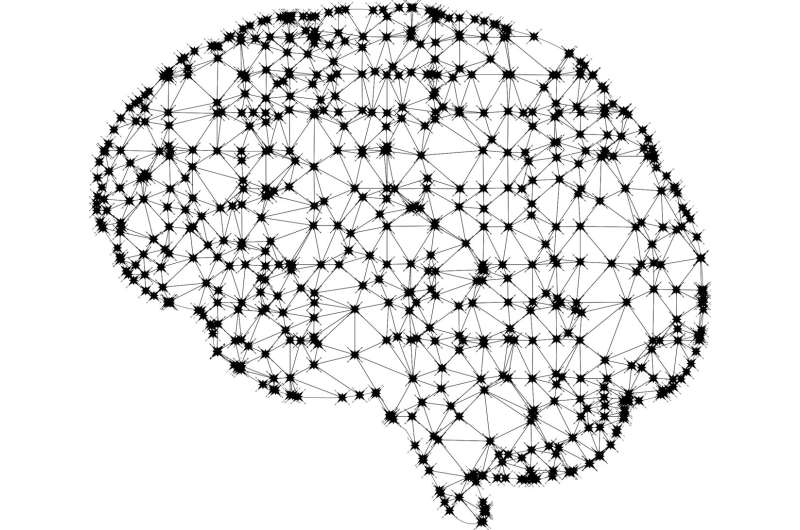Unreliable neurons improve brain functionalities

The brain is composed of millions of billions of neurons that communicate with one another. Each neuron collects its many inputs and transmits a spike to its connecting neurons. The dynamics of such large and highly interconnected neural networks is the basis of all high order brain functionalities.
In an article published today in the journal Scientific Reports, a group of scientists has experimentally demonstrated that there are frequent periods of silence in which a neuron fails to respond to its inputs. As opposed to electronic devices, which are fast and reliable, the brain is composed of unreliable neurons.
“A logic gate always gives the same output to the same input, otherwise electronic devices like cellphones and computers, which are composed of many billions of interconnected logic gates, wouldn’t function well,” said Prof. Ido Kanter, of Bar-Ilan University’s Department of Physics and Gonda (Goldschmied) Multidisciplinary Brain Research Center, who led the study. “Comparing the unreliability of the brain to a computer or cellphone: One time, your computer answers 1+1=2 and other times 1+1=5, or dialing seven in your cellphone many times can result in four or nine. Silencing periods would appear to be a major disadvantage of the brain, but our latest findings have shown otherwise.”
Contrary to what one might think, Kanter and team have demonstrated that neuronal silencing periods are not a disadvantage representing biological limitations, but rather an advantage for temporal sequence identification. “Assume you would like to remember a phone number, 0765…,” said Yuval Meir, a co-author of the study. “Neurons which were active when the digit 0 was presented might be silenced when the next digit 7 is presented, for example. Consequently, each digit is trained on a different dynamically created sub-network, and this silencing mechanism enables our brain to identify sequences efficiently.”
https://youtube.com/watch?v=IAvM0ecwGE8%3Fcolor%3Dwhite
The brain silencing mechanism is a proposed source for a new AI mechanism, and in addition has been demonstrated as the origin for a new type of cryptosystem for handwriting recognition at automated teller machines (ATMs). This cryptosystem allows the user to write his personal identification number (PIN) on an electronic board rather than clicking a PIN into the ATM. The sequence identification developed by Kanter and team, based on neuronal silencing periods, is not only capable of identifying the correct PIN but also the user’s personal handwriting style and the timing in which each digit of the PIN is written on the board. These added features act as safeguards against stolen cards, even if a thief knows the user’s PIN.
Source: Read Full Article
